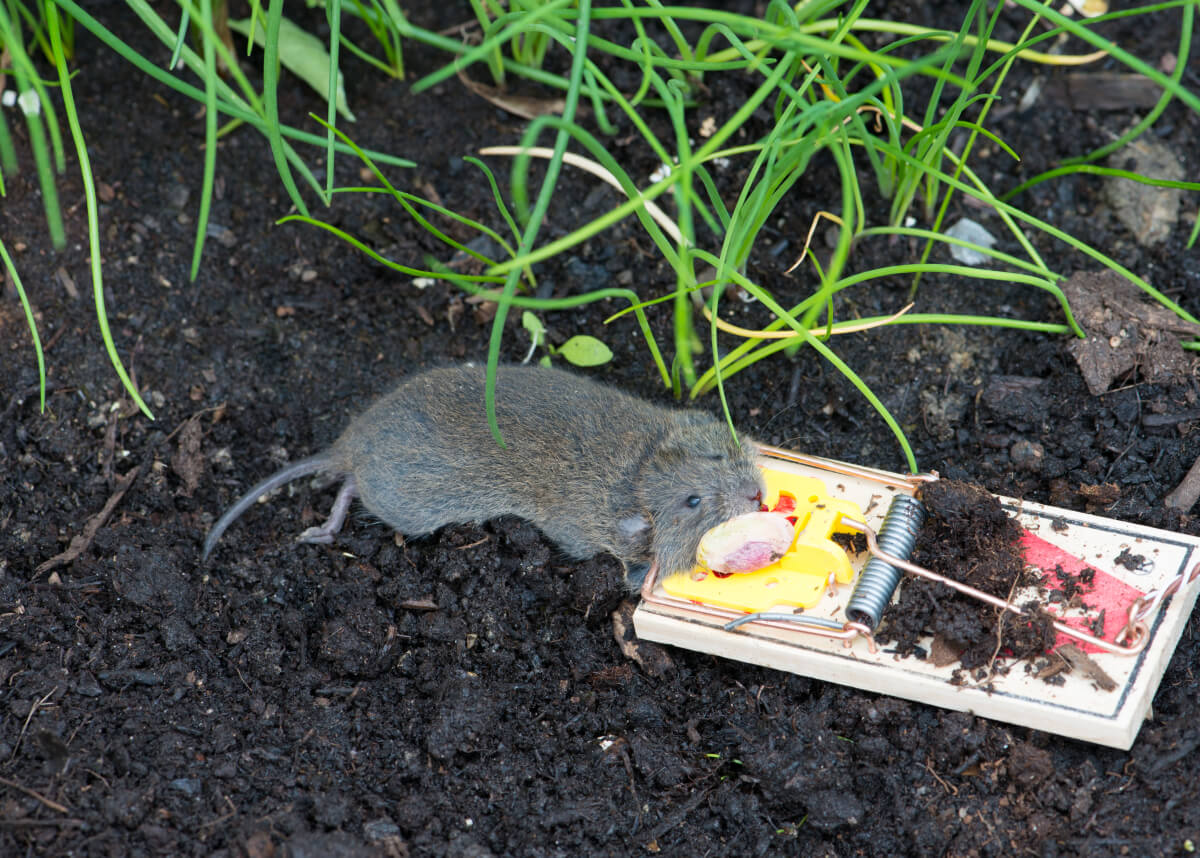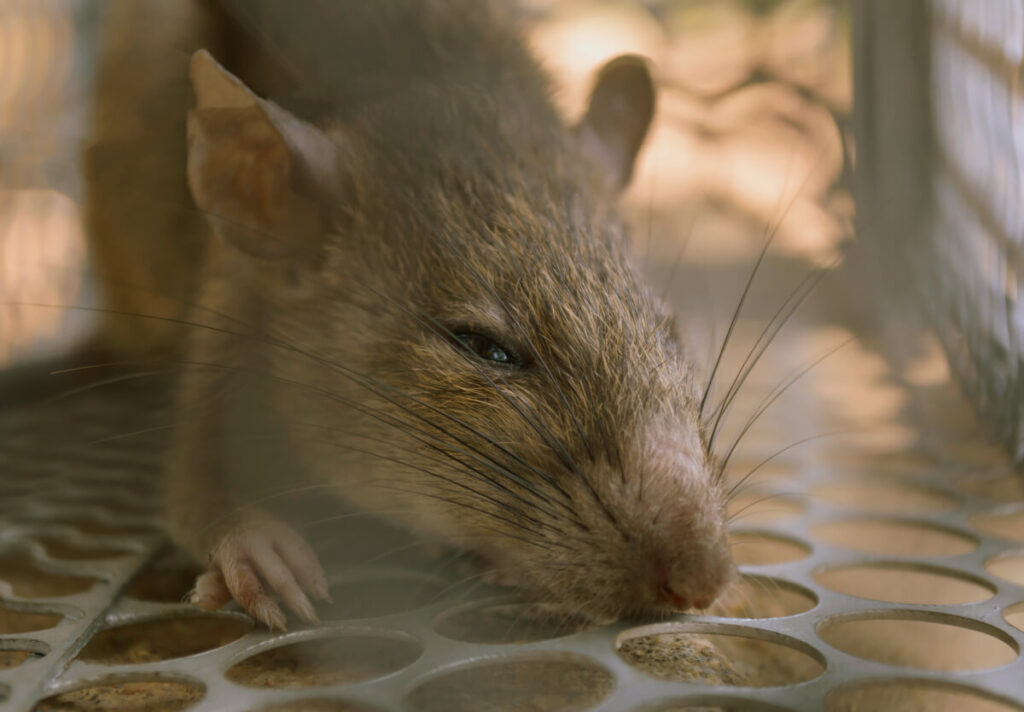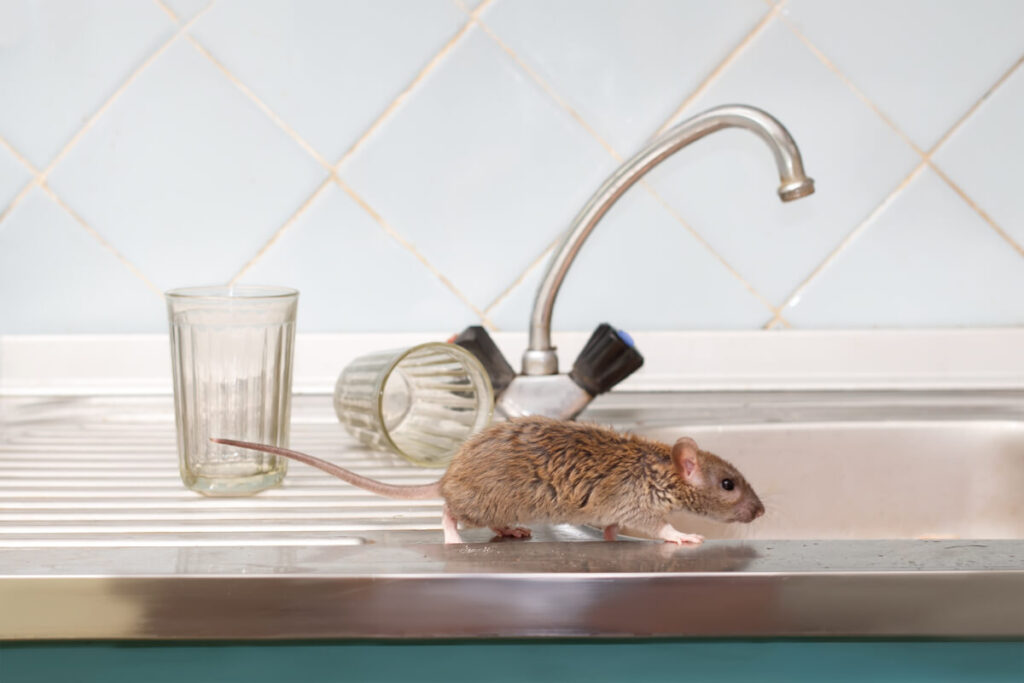
Some say that rats and mice are smart animals that can outwit you, and your empty glue trap is the proof. We know it can be very frustrating to find that the mice not only escaped your trap but also stole your bait! Are there things you did wrong, or mice in your home are just that intelligent? Most of the time, it’s the former—maybe you have not planned using your baits and mouse traps well enough.
So how do you trap a mouse that eats your bait from the mouse trap? One thing that you should do is rethink your usual spots and inspect rodent activity. Observe their trails and plant your trap there. Use sticky, nutty food like peanut butter as bait and assess if the mouse trap you are using is the most suitable for the rodents in your home.
Are you left with mouse droppings and no dead mice? Some of the things you can do if the mice in your home are a little too cunning are to study their activity or put less bait on the traps. You may also use baits like peanut butter or change your usual traps. Other ways you can try are getting nesting materials, placing the bait and trap right, or adding more traps.
The traps you have planted may not be successful if you don't plan them well. Look for signs of rodent activity first. Observe which spot the mice run around and the time or season when their activity heightens. Mice or rats usually stay in areas with moisture and food source. That is why you might see them more often in the kitchen. You should also check in your garage or attic because mice also prefer areas with lots of clutter so they can burrow.
Rodent infestations in households increase during colder seasons like autumn and winter. Mice and rats look for a warmer shelter with a more abundant food supply.
A common misconception that homeowners tend to make is to put a lot of bait to increase the chances of catching mice. Some think that the more bait there is, the more mice it can lure. What happens is it becomes easier for the mice to steal your bait without getting caught, especially with larger adult mice. Put just enough bait on your glue traps or another type of mouse trap.
If a perfect bait exists, it must be peanut butter. Rodents love nuts, grains, seeds, and fruits. That is why they can go crazy for nutty food, like peanut butter. Peanut butter also serves as a good bait because it’s sticky. Rats cannot steal and run away with sticky food, unlike other easy-to-carry ones. Ensure that you only put enough bait on your mousetrap.
Another thing why your house mouse is so good at stealing your bait is maybe you are not using the right trap. Studying rodent activity in your home also involves knowing what kind of rat or mouse you are up against.
Putting the wrong trap is one of the most common mistakes homeowners make. Some people may have planted a smaller glue board for mice. They will realize later on that what's in their home are bigger rats. Use the right type of mouse trap depending on the size of the mouse or rat.
Aside from food, mice are also most likely to steal nesting materials such as paper, pieces of fabric, mattress and pillow stuffing, and more. Mice need these materials to burrow and create shelter. Try using a cotton swab, shredded paper, and more as bait.
Place enough bait in a spot where you think the trap will surely catch the rat and not escape with it.
Avoid placing snap traps parallel to the wall. You may not know what direction the mice will be coming. They will easily sense the trigger and escape if they come from behind your snap trap. Instead, place the snap trap perpendicular to the wall. This position will allow your mousetrap to catch them no matter where they have come from.
For you to surely trap the mouse in your home, place as much mousetrap as you can, especially on the first night. Mice tend to be more cautious of new things, which is why you should also introduce your traps first.
Place your mouse traps, but don't set up the trap. This will make them think that these new things will not be a threat. After some time, set up the traps all at once.
Place as many traps as you can. You may think you have only a handful of mice in your home, but they can breed pretty quickly. Set up your mouse traps along the wall about 2 to 3 feet apart. In case mice run off with your bait again, another mousetrap will be waiting for them. Plant many mouse traps only an inch apart in places with more mice.

Know what mistakes you make with your mouse traps, some of which are putting too much bait, placing bait incorrectly, using the wrong type of trap or bait, having other pests in your space that steal the bait, touching the mouse trap, and installing too few traps.
We may have implied a few things about this point. Putting more bait does not mean more mice. Overflowing bait makes it easier for mice to eat off your bait and become full before your trap can ever catch them.
Maybe you have placed your bait a little on the side of the glue trap? Placing your bait on the mousetrap the wrong way may also be a factor why mice can easily reach and nibble on it. Study well how your chosen mousetrap works. Put your bait in a location where your trap will surely catch the mice.
Mice or rats eat the bait off your mousetrap because you used the wrong trap. You may have used a smaller or a bigger trap. Another reason is maybe the mice have grown accustomed to your mousetraps. Diversify and use different kinds of mousetraps.
You may also have more than one pest problem in your home. Mice are not the only pest that may have eaten your bait. Lots of other insects may have stolen your bait, like ants, cockroaches, and even crickets. They can easily eat your bat without getting caught in non-sticky mouse traps. Small and large wildlife may also find their way into your yard and eat your bait.
Another reason why your mousetrap fails is maybe you might have touched the bait. Mice will not eat your bait and get near it, even. They have a keen sense of smell that they will immediately know the food they found on the mousetrap is no good. When preparing your bait, wear disposable gloves, so your scent will not affect its smell.
don't hold back in putting up traps. More traps will, especially if you do it right, will catch more mice. Mice can also escape easily with your bait if you have fewer traps. They can steal it and run away freely. That is why some homeowners place mouse traps adjacent to another.
You may have used a type of bait that mice can easily nibble while on your mousetrap. Maybe you also used food that holds little value for them compared to what you have in your kitchen. Rats and mice are not picky eaters, but your mousetrap will catch more mice if you use good bait.
Since we have talked about choosing the best bait, what are these, anyway? Some of the high-value bait that you can put on your mousetrap are nuts, chunks of meat, smelly cheese, sweets, and pet food. Make sure you choose the right type of bait and do your research so as to successfully trap the pesky mice living for free in your space:
Mice and rats love any nuts, be it cashew nut, almond, sunflower seeds, and more. Aside from peanut butter, these nuts will also be effective bait.
Mice may be nut-lovers, but they also love meat as omnivores. You just need to be careful in putting enough meat. Mice in your home may easily steal chunks of this bait if you put too much. You can also place beef jerky as bait because it’s delicious smell will send mice running towards your mousetrap.
We always see mice on popular media going crazy over slices of cheese. This dairy can also be appealing to mice, though it might not be their top favorite. If you are going to use cheese as your bait, you better use a smelly one so it can reach more mice from far away.
Mice and rats also love sweets, which is why candies and chocolates will also be great bait. Some sweets, such as marshmallows, will also be a good bait because it’s sticky, making it difficult for mice to steal.
Do you always see mice stealing a bite or two from your pet's dish? Pet is usually made up of dried meat and has a strong smell that attracts mice. Use this information to your advantage and plant pet food as bait, too!
Diversify your mouse traps to catch mice and rats better. Some mousetrap options to consider are bait stations, rat poison, electric mouse trap, live mouse trap, and snap traps, among many others. It’s best to call professional help especially when you’re dealing with a large amount of mice in your space.
You don't need to worry about mice stealing your bait with bait stations or rat poison. In fact, we are going to encourage them to take bites! Bait stations contain toxic active ingredients and lure mice to eat them. Different kinds of bait stations are available in the market, but anticoagulant baits must be the most effective.
An electronic mouse trap gives you dead mice in seconds. You add the bait on the mousetrap as you open the cover. Mice will enter the mousetrap because the bait is at the far back of the mousetrap. Ensure that your trap has batteries in it for it to work. The mouse will trigger the sensor, which sends electric currents with voltage high enough to exterminate the mouse inside.
The mouse also dies quickly, so you will not be left with the dirty work of giving the mouse its death blow.
Live mouse traps are the best traps for you if you cannot bear to kill a mouse or see mouse carcasses. Live traps entice mice to enter either a metal cage or a plastic cube. The trigger will then shut the door, trapping the rat or mouse inside.
Live mouse traps, especially metal cages, are humane options for getting rid of mice in your home because they will not be too stressed or suffocate while trapped. don't free the rat near your home because it can just return. Make a long drive and free the rat near it.
Snap traps also provide a fast action in catching mice. It has a bait cup enough to hold a small amount of peanut butter. You will pull its metal lever to 90 degrees. This lever will snap back as the mouse steps on its plate while trying to eat the bait. A 90-degree snap trap will close faster than the usual 180-degree lever. This trap increases the chances of mice getting caught.

Mice eat your bait off the mousetrap mostly because something is wrong with your placement. Reassess your plan and further observe rodent activity. Plant less bait on the mousetrap, but make sure they are high-value food for mice. Sticky food is one of the most recommended bait for mice. Plan how you will efficiently set up your mouse traps, too.
If these tips don't work for the rat or mouse infestation in your home, maybe you have more serious pest problems. Here at Yale Pest Control, we ensure that your house will feel more like home again. We provide pest control solutions not only for rats and mice, but also for different types of pests in your home, such as ants, bed bugs, termites, ticks, and more! Get a comprehensive pest extermination plan and contact us today.